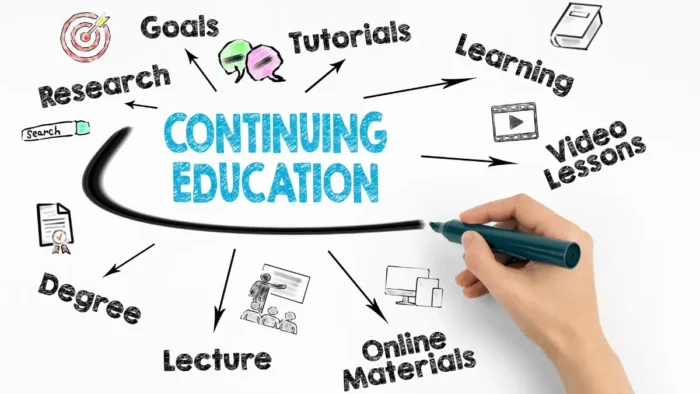Employee motivation has become a key determinant of organizational success in today’s fast-paced and competitive business world. Motivated employees are not just productive but the driving force behind innovation, teamwork, and a positive work culture. Recognizing the significance of this, many companies have turned to various strategies to inspire and elevate their workforce.
This article will explore how you can transform your organization and provide employees with the motivation they need to excel.
1. The Power of Purposeful Recognition
One of the central pillars of the “Motivate to Elevate” strategy is the concept of purposeful recognition. In today’s work environment, employees often feel like their efforts go unnoticed, leading to disengagement and a lack of motivation. However, the simple act of recognizing and appreciating their contributions can have a profound impact.
To implement purposeful recognition effectively, companies should establish a structured recognition program. This program should acknowledge outstanding achievements and celebrate small wins and everyday contributions. Additionally, it should be genuine and specific, highlighting what the employee did well and why it matters to the organization. This approach fosters a sense of belonging and significance, motivating employees to perform at their best consistently.
Moreover, by linking recognition to company values and objectives, organizations can align employee efforts with the broader mission, creating a stronger sense of purpose.
2. Nurturing a Growth Mindset
Another vital component of “Motivate to Elevate” is nurturing a growth mindset within the workforce. A growth mindset is the belief that abilities and intelligence can be developed through dedication and hard work. This perspective encourages employees to embrace challenges, persist through setbacks, and continuously seek improvement.
To instill a growth mindset, organizations should foster a culture of learning and development. This can be achieved by providing skill-building opportunities, regular feedback and coaching, and encouraging risk-taking. Employees feel valued and empowered by celebrating successes and the process of learning and adapting. They are more likely to take ownership of their growth and, in turn, contribute positively to the organization’s evolution.

3. Measuring Motivation at Work with Expert Insights
In pursuing enhancing the employee experience and driving company cultures forward, seeking guidance from professionals at global software companies with cutting-edge technology solutions is often beneficial. These experts can provide invaluable insights into the latest tools and methodologies to measure motivation at work, which is a critical step in understanding and improving the employee experience.
Organizations can gain real-time visibility into employee engagement, satisfaction, and motivation levels by leveraging advanced data analytics and software platforms. This data-driven approach allows companies to identify areas for improvement, tailor their motivational strategies, and ultimately foster a more vibrant and innovative workplace culture.
Consulting with professionals specializing in such technology can be a game-changer, enabling organizations to proactively address issues, make data-driven decisions, and ensure that their employees are motivated and thriving in the workplace.
4. Empowering Through Autonomy
Empowerment through autonomy is the third fundamental principle of “Motivate to Elevate.” It acknowledges that employees are most motivated when they have a sense of control over their work and can make decisions that influence their outcomes.
To empower employees, organizations should delegate responsibility, allowing individuals to take ownership of their tasks and projects. This autonomy not only boosts motivation but also enhances creativity and problem-solving. However, it is crucial to balance autonomy and accountability, providing the necessary support and resources while setting clear expectations. Employees who feel trusted and empowered are likelier to innovate and go the extra mile, knowing their contributions are valued.
Conclusion
In the quest for success and excellence, companies must recognize that their greatest asset is their workforce. This article offers a comprehensive strategy to tap into employees’ full potential, transforming them into motivated and inspired contributors to the organization’s success. By implementing purposeful recognition, nurturing a growth mindset, and empowering through autonomy, organizations can create an environment where employees thrive and their collective efforts elevate the company to new heights. Embracing these principles not only benefits the bottom line but also fosters a workplace culture where employees feel valued, engaged, and ready to face any challenge that comes their way.





